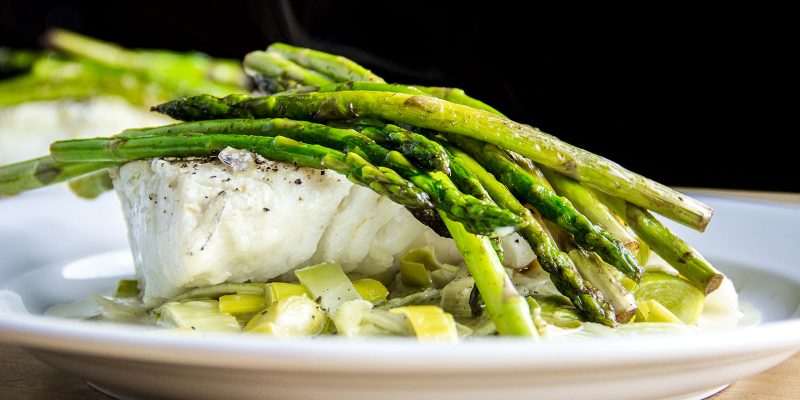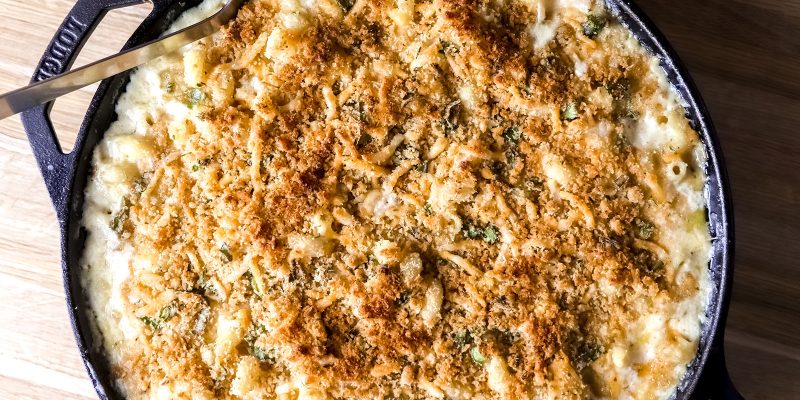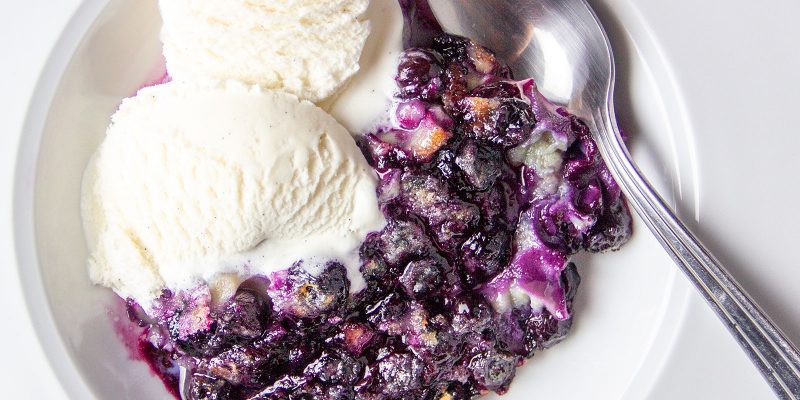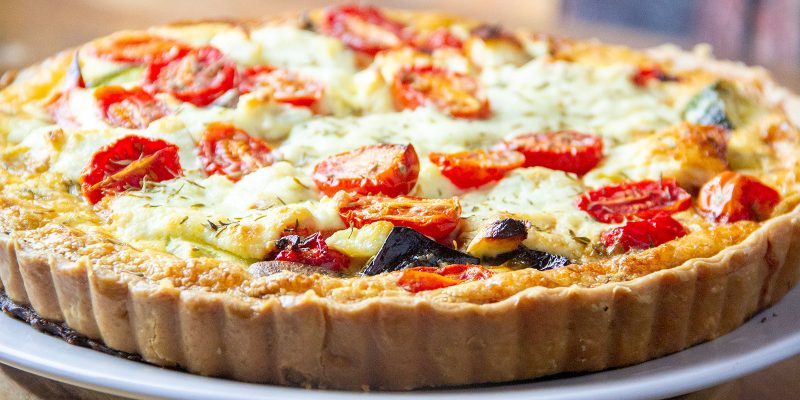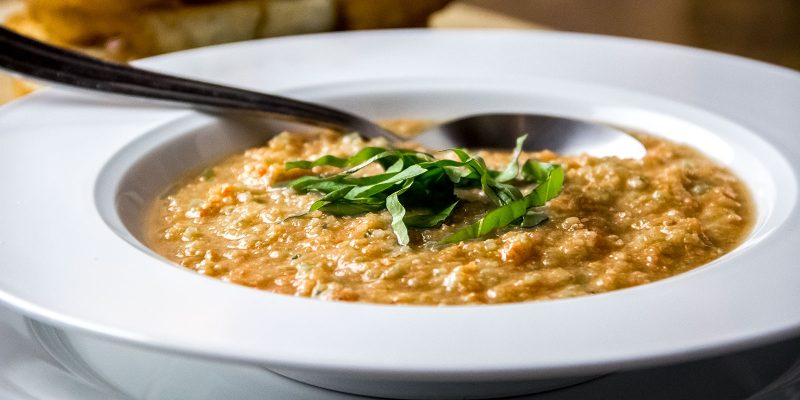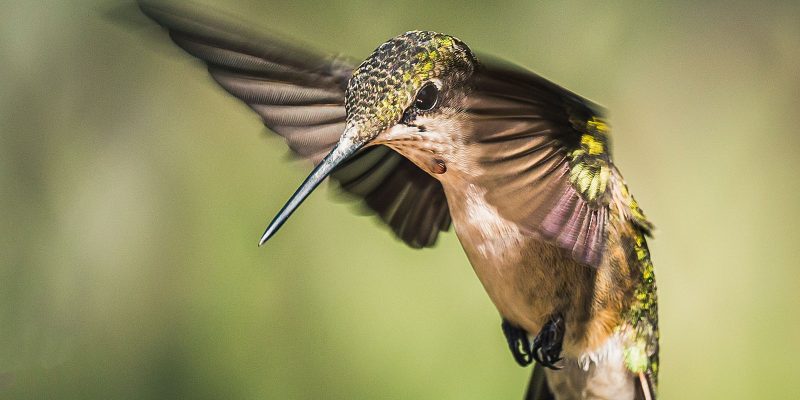If you haven’t had the pleasure of experiencing the out-of-this-world goodness of melted leeks yet, allow me to personally recommend them. They’re like nothing you’ve ever tried before. Before you go off and melt your leeks though, be sure you buy some heavy cream. It’s the cream that does it. Trust me on this. Leeks are like mild onions and when simmered in a pan with some cream, salt, and pepper, you’ll get a bedding that’s simply divine. After tasting it for seasoning, you won’t want to stop. In today’s post, I share a recipe from Curtis Stone’s cookbook titled, What’s for Dinner?. The dish includes melted leeks, asparagus, shallots, paprika, cod fillets, and a few other ingredients. Each part of the dish is prepared separately, so the proper attention is given to those parts. When combined…well, just check out the photos. Basically, if you already enjoy leeks, asparagus, and cod, and already know what these things are and how they taste, you can well imagine the resulting combination. Click through for the recipe and photos. Continue reading…
Exposure Compensation
Modern cameras are very intelligent. So intelligent, in fact, that users don’t need to do much more than point and click. Cameras can scan, track, meter, focus, and perform pretty much anything else we need them to perform. One thing they can’t do, however, is predict which type of exposure the photographer thinks would look best for a scene. If you look at the uppermost photo for this post, you’ll see a bright background and a dark subject (a park bench). Let’s pretend that you, as the photographer, would like the park bench properly exposed, meaning, be bright enough that you can see detail. Properly exposing the bench would result in an overexposed sky. Now let’s pretend that I borrow your camera and take a picture of the same bench, but I’d like the sky to be properly exposed, which would result in a very dark underexposed bench. We both have different goals, so which is the camera supposed to satisfy? How is the camera supposed to know what to do? In cases like these, there’s a handy tool that can help out tremendously. It’s called exposure compensation and it’s available on most DSLR and mirrorless cameras. And probably even most phones. This tool allows the user to indicate his or her intent to the camera, so the camera can properly expose the shot every time. Click through to learn more about exposure compensation. Continue reading…
Tips for Carrying & Holding Your Camera
When I sat down to write this post, I asked myself if it was even necessary. After thinking about it for a bit, and after recalling how often I’ve had my own camera swing around to nearly damage whatever lens it was that I was using, I realized that some advice might be in order. We’ve all done it. We’ve all carried our cameras by hanging them from a strap around our necks. To give you a sneak peek of one of this post’s topics – don’t do that. Don’t hang your camera from your neck, unless, of course, you’d like your lens to strike something when you bend over. Hanging a camera from a neck is probably the worst way to carry a camera. It’s popular though, as evidenced by any tourist destination around the world. In this post, I discuss the pros and cons of each method for carrying a camera. I also offer some suggestions for quickly and efficiently accessing a camera, meaning, how best to get the camera from point a to point b, so it can be used to capture a scene. If you’re new to photography, this is one post you won’t want to miss. Continue reading…
Loaded Mac & Colby Jack Cheese Recipe by Southern Cast Iron
I can’t be sure, but if I had to guess, I’d say that mac and cheese recipes are probably some of the most prevalent on the internet. We’ve all tried it and we’ve all probably made it. Good ol’ mac and cheese. When I was a kid, I used to eat it from the box. That was okay, but it wasn’t until I prepared real mac and cheese did I learn how wonderfully creamy and delicious it can be. Today’s recipe calls for some ingredients you might not expect to be found in a simple cheesy pasta dish; garlic, flour, Worcestershire sauce, mustard, sour cream, scallions, bread crumbs, and colby-jack cheese. I always thought this type of recipe merely called for pasta elbows, butter, milk, and cheese. I guess not. This recipe definitely takes things up a notch. My overall opinion of this dish is this: it’s pretty awesome. It’s got a lot of nice flavor to it and it’s rich and creamy. It’s also rather filling, so as I warn in the post, beware of your serving sizes. If you’d like to try a mac and cheese recipe that differs from many others out there, click through to take a look at the instructions and ingredient list. Continue reading…
Italian Pressed Eggplant, Red Pepper, & Olive Tapenade Sandwich Recipe by Vanilla & Bean
You’ve probably heard of tapenade somewhere along the line. I have. A long time ago, I was introduced to tapenade and thought it was the tastiest thing I’ve ever tried. I was offered a sandwich that featured it as a spread and was floored by the flavors it offered. When asked what was in it, my friend, the person who made me the sandwich, told me it included olives and capers. For years that’s what I thought tapenade contained; olives and capers. Apparently, a good tapenade contains a few more ingredients than that. Not that olives and capers wouldn’t fit the bill most of the time as is. If you aren’t familiar with what I’m referring to, tapenade is a Provençal (Provence, France) name for a spread or condiment that consists of, generally, puréed or finely chopped olives, capers, and anchovies. Its name comes from the Provençal word for capers, tapenas. There’s a tapenade component of this sandwich. If you decide to go ahead with this recipe, you’re going to be surprised by how complex the spread is. It contains three types of olives, garlic, capers, sun-dried tomatoes, oregano, basil, parsley, and a few more ingredients. For the sandwich itself, the list of some primary ingredients includes red peppers, eggplant, pepperoncini, artichoke, chard, provolone cheese, and on and on. Can you imagine tasting a sandwich like this? If you know ingredients, I know you’ve already clicked through to the recipe. This one’s a no-brainer. It’s astonishingly good. Continue reading…
Blueberry Clafouti Recipe by Ellen Brown’s New Cast Iron Cookbook
Let’s say you’ve got a fancy dinner for two coming up and are looking for a dessert to impress. There are many options available to you. Simple options. The thing is, you don’t want to go overboard, but you’d love a reaction from your significant other. You’d like to show off your skills in the kitchen. I think I can help. If you like blueberries, you may want to try out this blueberry clafouti. What’s clafouti? It’s a dessert consisting of a layer of fruit (such as blueberries or cherries) topped with batter and baked. The beauty of these types of desserts is their simplicity, yet elegant taste and presentation. Because of the custard, you’ll give the impression that skill and time were necessary components of this dish. Yes, it’ll take a few minutes, but just about anyone can pull it off. There are a total of ten ingredients; one of them being vanilla ice cream. The others, besides the blueberries, are all basic staples you’ve already got at home. Flour, eggs, milk, cream – those sorts of things. I can tell you that this is an awesome dessert that’s tough to screw up. And it’ll get a reaction out of even the most discerning of customers. It’s smooth and creamy and fruity and flavorful, all in one. Click through for the recipe. Continue reading…
Overstuffed Tart with Caramelized Onions, Peppers, & Eggplant Recipe by Yotam Ottolenghi’s Plenty
A tart is an open pastry that contains a filling. In this case, the filling is a wonderful combination of peppers, eggplant, sweet potato, zucchini, and onions. Once roasted, those vegetables are smothered in eggs and cream and topped with ricotta and feta cheese. And finally, cherry tomatoes on top of all that. Once the tart is baked and everything has melded together, it’s ready to eat. I have to tell you, this is the real deal. Before tasting this one, I’ve never tried a tart quite like it before. All the vegetables are pretty great, but having them baked in eggs and heavy cream put it over the top. It’s quite rich. The seasoning was just right too, which makes a huge difference. This is another one of Yotam Ottolenghi’s dishes, so I knew it was going to be good. The man is a master. He’s got delis and restaurants in London and has been a hit since 2002. I use his cookbook called Plenty when I’d like to prepare something special. This tart was special. I wish you’d give it a try. Click through for the recipe. Continue reading…
Whole Wheat Crust with Garlic, Basil, & Three Cheese Pizza Recipe by America’s Test Kitchen
Homemade pizzas are fairly easy to prepare. The primary hurdle is making the dough, but if you can get past that, it’s smooth sailing. When I make a pizza, since I’m already making one dough, I’ll go ahead and make two or three and freeze what I don’t need at the moment. They last in the freezer for months. It’s important to label each to indicate whether it’s already risen or not, so be careful of that if you’d like to do the same. Regarding this specific pizza, it’s a garlic lover’s dream. The whole wheat crust adds a rustic edge and the garlic and olive oil infuse themselves into pretty much everything. Add some oregano, red pepper flakes, basil, and three kinds of cheese, and you’ve got yourself a big winner. I loved this pizza and I think you will too. Click through for the recipe. Continue reading…
Chilled Gazpacho Soup Recipe by Gordon Ramsay
Gazpacho is an incredible dish. I’ve somehow avoided tasting it for most of my life, but now that I have, I can tell you it’ll be a regular thing. Not only because it tastes great, but because it’s so insanely easy to make. Prep ingredients, combine ingredients, blend ingredients. That’s pretty much it. After that, you’ve got yourself something like none other. In this post, I share my interpretation of a Gordon Ramsay classic. The recipe calls for cucumber, both red and green bell peppers, nice ripe tomatoes, garlic, scallions, stale bread, vinegar, and oil. Of course seasoning as well. But wow, what an easy soup to pull off. And what flavor! What stood out the most for me was the actual flavor of freshness. I’m not sure I’ve yet tasted that. I have now. Click through to check out the recipe as well as the photos of my modest attempt at putting this soup together. Continue reading…
What is Focus?
If you want to get serious about your photography, it might be a good idea to learn about focus. Not about how to focus or what type of focus your camera offers – more about what focus actually is. Yes, the technical, boring specifics of what it is exactly that allows a photo to result in being sharp or not so sharp. Focus is a strange thing. As I share in this post, no matter where your lens’s focus ring sits, something is in focus. It’s true. Even if you attached a lens that doesn’t offer any focal adjustments at all, it’d still be focused on something. What you’d have to do to see clarity through your camera’s viewfinder would be to move the physical camera closer or farther away from an object. In this post, I discuss focal planes, image points, and blur circles. I admit, it’s slightly technical reading, but again, if you’d like to get serious about taking the best photographs you can possibly take, it wouldn’t hurt to learn as much as you possibly can. Click through to check it out. Continue reading…

